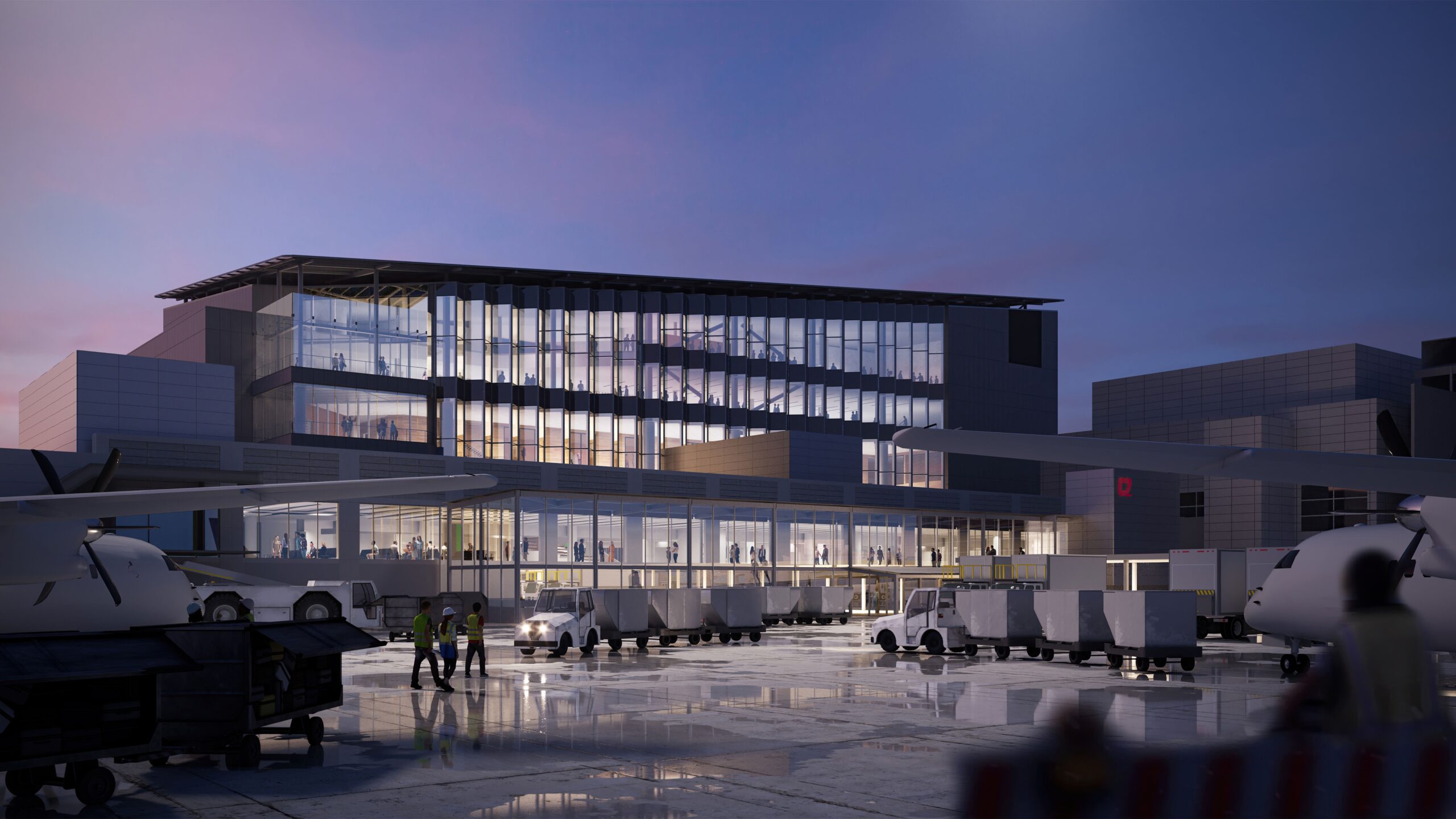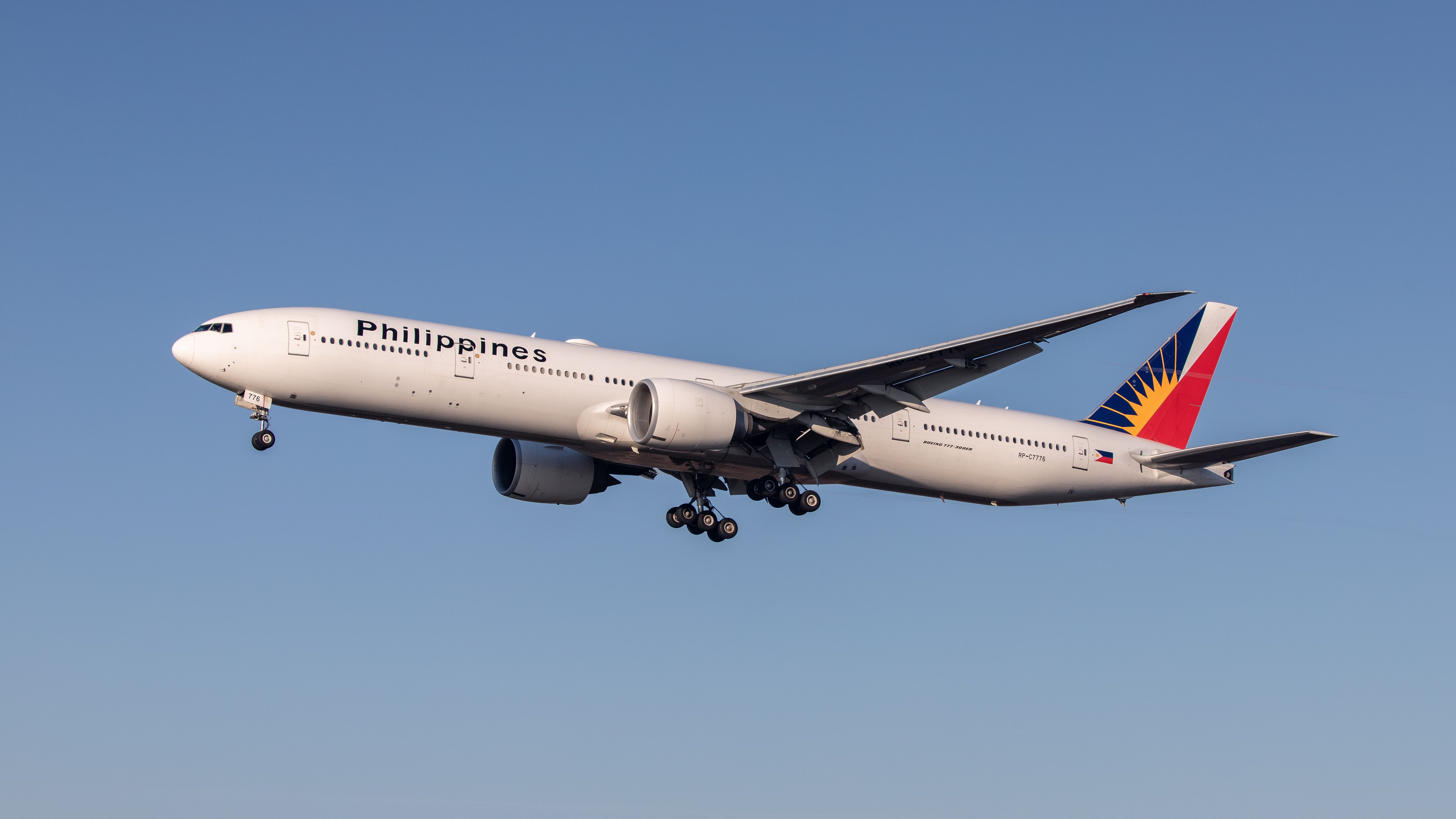Washington State’s Seattle-Tacoma International Airport
(SEA) is one of the busiest hubs on the West Coast and continues to expand dramatically despite being one of the most space-constrained mega hubs in the nation. Simple Flying sat down with Airport Managing Director Lance Lycett to talk about the ongoing improvements, new routes, and plans for the future.
Onwards and upwards
One of the airport’s stated ultimate goals is to become a 5-star rated airport by Skytrax, the International air transport rating organization. There is currently only one 5-star rated airport in North America, Houston Hobby Airport
(HOU) in Texas, which secured the certification in the regional airport category. The pressure is on for SEA, as the city’s Seattle Stadium will play host to a series of games in the 2026 FIFA World Cup.
Speaking to Simple Flying, Lycett revealed how the airport is getting ready for the influx of passengers while maintaining a pleasant experience for passengers traveling through the airport. Up first is the airport’s North Main Terminal.
SEA Gateway
The airport is working in close collaboration with home carrier ![]() Alaska Airlines
Alaska Airlines
to significantly overhaul the North Main terminal. The project will replace all the check-in equipment in the North Terminal, which is primarily used by Alaska Airlines. Lycett explains how the result will be a smooth and straightforward experience for passengers:
“Come 2026, just before the World Cup starts, almost the entire check-in process is going to be significantly changed. So most of the the work that you will do will be done at home.
So you’ll get your boarding pass at home, you’ll print your bag tags at home, and when you get to the airport, basically you’re gonna just drop your bags off.”
While Alaska Airlines will still offer full service, the intent is that most people will do most of the processing at home. When they get to the airport, they’ll already have their boarding pass on their bag tag. They can then drop just their bags and go through.
A new security checkpoint is also being built just below the existing security checkpoint, which will expand the throughput and capacity for security checkpoints.
Concourse C Upgrades and more
Another major ongoing project is the Concourse C upgrade. As one of the most densely packed major airports worldwide, there is little space for expansion. The airport is building up four additional levels to compensate for this. Lycett explains how this will work:
“We don’t have any space to go out, so we are going go up and down. We’re going to be going up four levels. It’s going to have brand-new restrooms, new lounges, sensory rooms, and a nursing station.
“It will also have a beautiful solarium, and you’ll be able to just have spectacular views of the airfield and the mountain ranges as well. It’s as if you’re outside, but you’re actually inside. So it’s going to be very, very beautiful.
The space will also be temperature-controlled to provide views without exposing plane spotters to the variable weather of the Pacific Northeast. There will also be new lounges, with one planned from Alaska Airlines and potentially another  oneworld
oneworld
Alliance lounge.
The oneworld Alliance has begun opening its own-branded lounges, with locations in Amsterdam and Seoul Incheon.
The upgraded Concourse C will also feature eleven new dining and retail establishments, including Nanny’s: A Northwest BBQ, Chili’s, Lady Yum, Bite Society, Port of Subs, Buffalo Wild Wings Go, and a Stumptown Coffee & Lucky Lounge.
The other visible improvement coming soon is an upgrade to the roadways entering the airport. During peak hours, drivers can often encounter significant congestion, so the airport is adding additional lanes on the arrivals drive to make that smoother. The airport recently added 95 EV chargers inside the parking garage and more than 300 EV chargers on the airfield, allowing its airline partners to convert their vehicles from diesel vehicles to all-electric vehicles.
Plus, the airport is building a tunnel from the north satellite to the main terminal to supplement the existing satellite train service. Another less visible improvement is the completion of phase three of the baggage handling system. SEA is consolidating six disparate baggage handling systems into one consolidated system so any airline can check any bags at any ticket counter, and they will go to the appropriate makeup area and get on the right aircraft.
An abundance of new routes
The airport has already had a record year in terms of connectivity, with eight new routes that either started or will start this year and more already planned for next year. The most recently announced direct flight coming to SEA is with Philippine Airlines
to Manila. The city was the airport’s most underserved international market, with Lycett noting how significant the anticipation and demand had been:
“We’ve been working on that one for a very long time. So I think we’re really looking forward to that.”
The Philippine carrier will deploy its fleet of Boeing 777-300ER aircraft on the route, with the inaugural flight arriving on Wednesday, October 2nd. The services will initially operate three times weekly, every Wednesday, Friday, and Sunday, with convenient departures at 22:40 local time from Manila’s Ninoy Aquino International Airport
Terminal 1 and at 23:40 from Seattle Tacoma International Airport. Port of Seattle Commissioner Toshiko Hasegawa noted just how significant this new link will be:
“Washington state is home to the country’s fourth-largest Filipino population. For over 100 years, Filipinos have contributed to the region’s arts, business, and political leadership.
“Nonstop service to Manila has long been one of our most frequently requested routes, and we’re thrilled that this new flight will not only serve the Puget Sound’s Filipino community but anyone who is interested in exploring the rich history, beauty, and hospitality of the Philippines.”
Photo: Telsek | Shutterstock
Once the new service to Manila opens, travelers out of SEA will have 54 direct options to 34 international destinations on 28 different airlines. The Phillippine Airlines service follows a record year for new international services, including STARLUX Airlines, China Airlines, and Delta Air Lines’ services to Taipei; Lufthansa’s service to Munich; Hainan Airlines’ service to Chongqing; and Alaska Airlines’ service to Toronto.
Still to come, an Alaska Airlines service to Liberia, Costa Rica, is scheduled to begin in December. Next year, the airport will see new services to several new international destinations. In January, Canadian carrier WestJet is launching Dash 8-Q400 flights to Kelowna, a popular ski destination. Next summer, flights will begin to Zurich on Edelweiss with an Airbus A340.
When asked where area residents still want to fly nonstop, Lycess highlighted the most significant market as China. SEA currently serves three cities in China, but there is demand for more. Another frequently requested destination is India. Lycett confirmed the airport is in discussions with Air India
and hopes there will be an announcement “soon.” Australia rounds out the top three, given that SEA serves the only major West Coast catchment area that does not have a direct flight to Australia.
See more with your SkyMiles
One of the major announcements is the resumption of flights to Copenhagen Airport
(CPH) with Scandinavian Air Systems (SAS). The carrier was the first European airline to begin service to Copenhagen in the 1960s and will return with five weeks of service on an Airbus A350 before an Airbus A330 takes over the route.
The addition of flights to CPH is significant as it opens up a wide range of new destinations across Europe. SAS’ restructuring process resulted in the airline positioning Copenhagen as the main hub and a key international gateway to and from Scandinavia and Northern Europe, with 15 additional connection opportunities coming next summer.
Once Copenhagen flights launch in May, Puget Sound area residents will have one-stop access to the carriers’ existing destinations alongside new routes, including Krakow, Madrid, Budapest, Lyon, Valencia, Malta, Bucharest, Milan Linate, Seville, Turku, Billund, Kristiansand, Harstad/Narvik and Bodø.
These new connections provide a unique opportunity for members of the Delta Air Lines SkyMiles
frequent flyer program. Thanks to SAS joining the SkyTeam Alliance, frequent flyers can now spend miles on flights all across Europe with the Scandinavian carrier.
Additionally, Seattle-Tacoma International Airport serves as a crucial coastal hub for Delta, which operates nearly 170 peak-day departures from SEA to more than 50 destinations worldwide and recently expanded its codeshare agreement with SAS.


